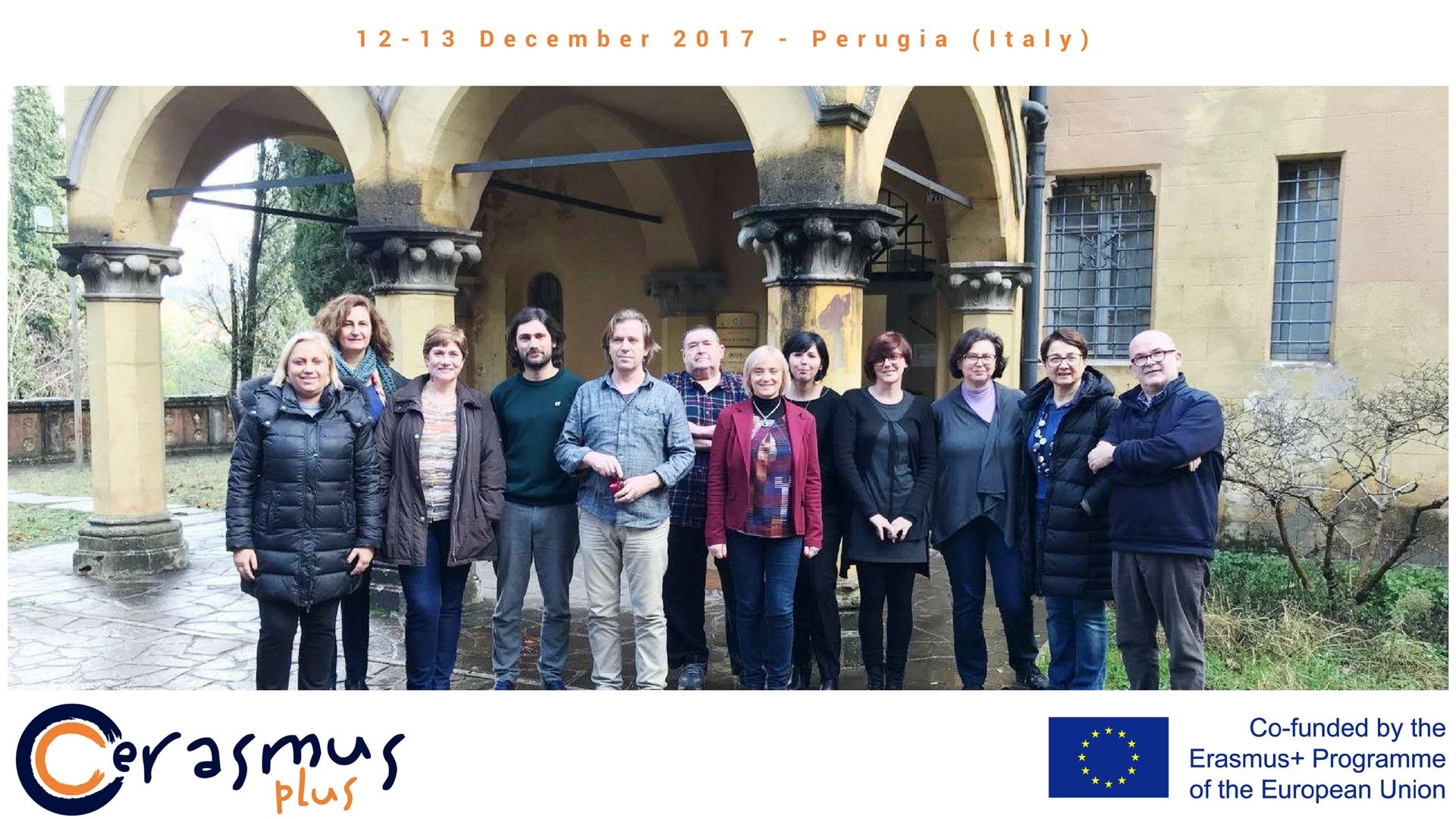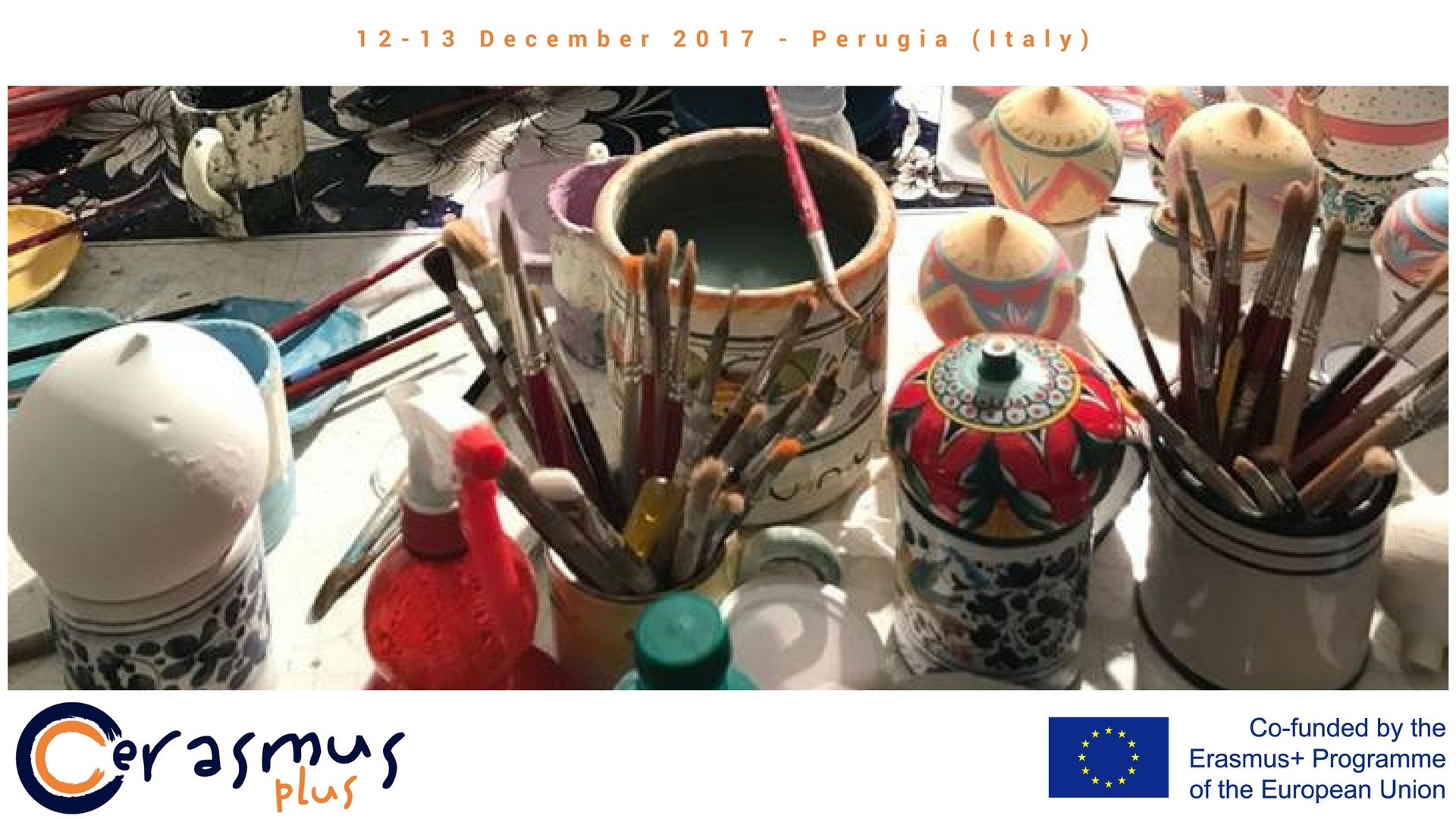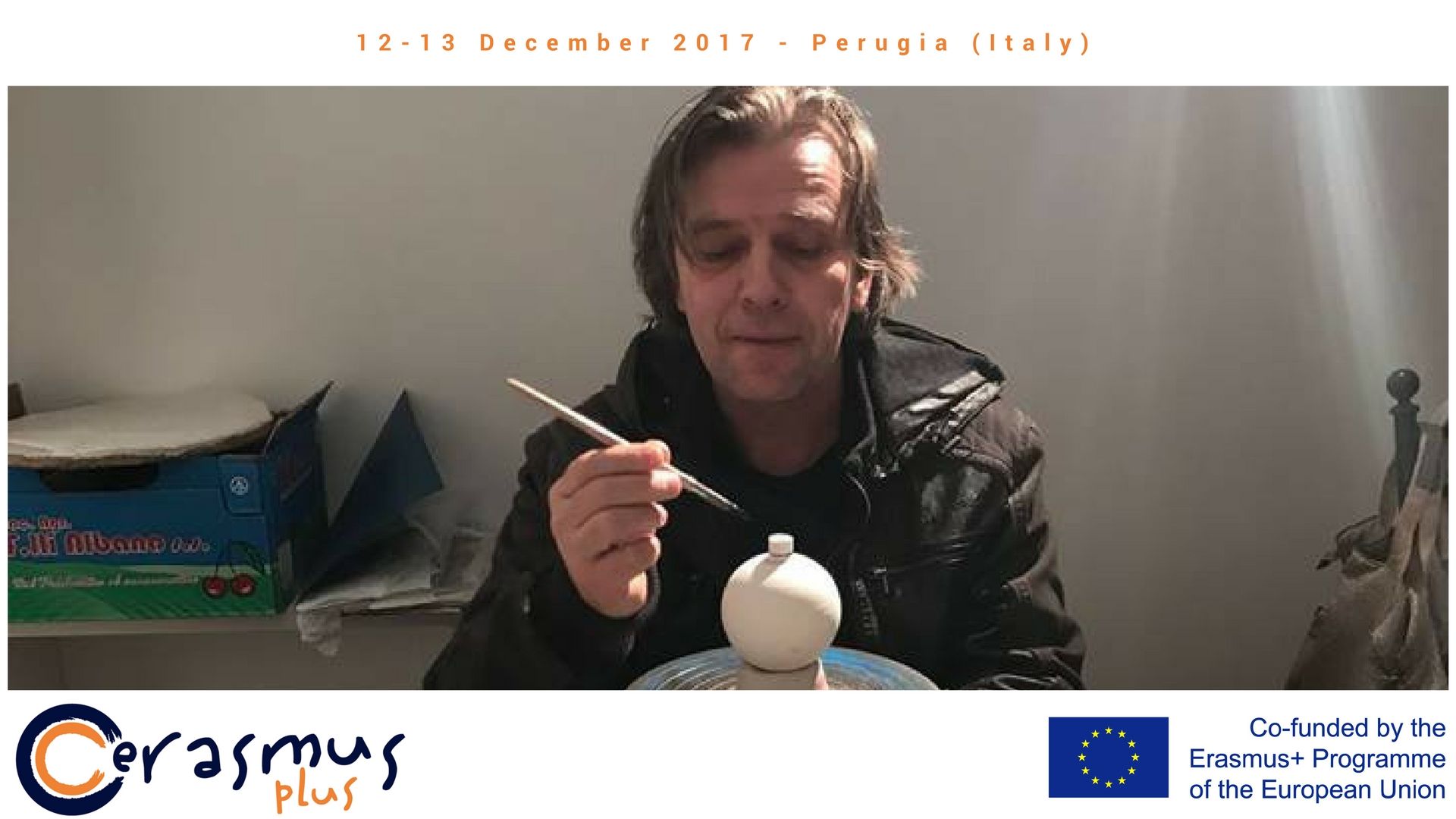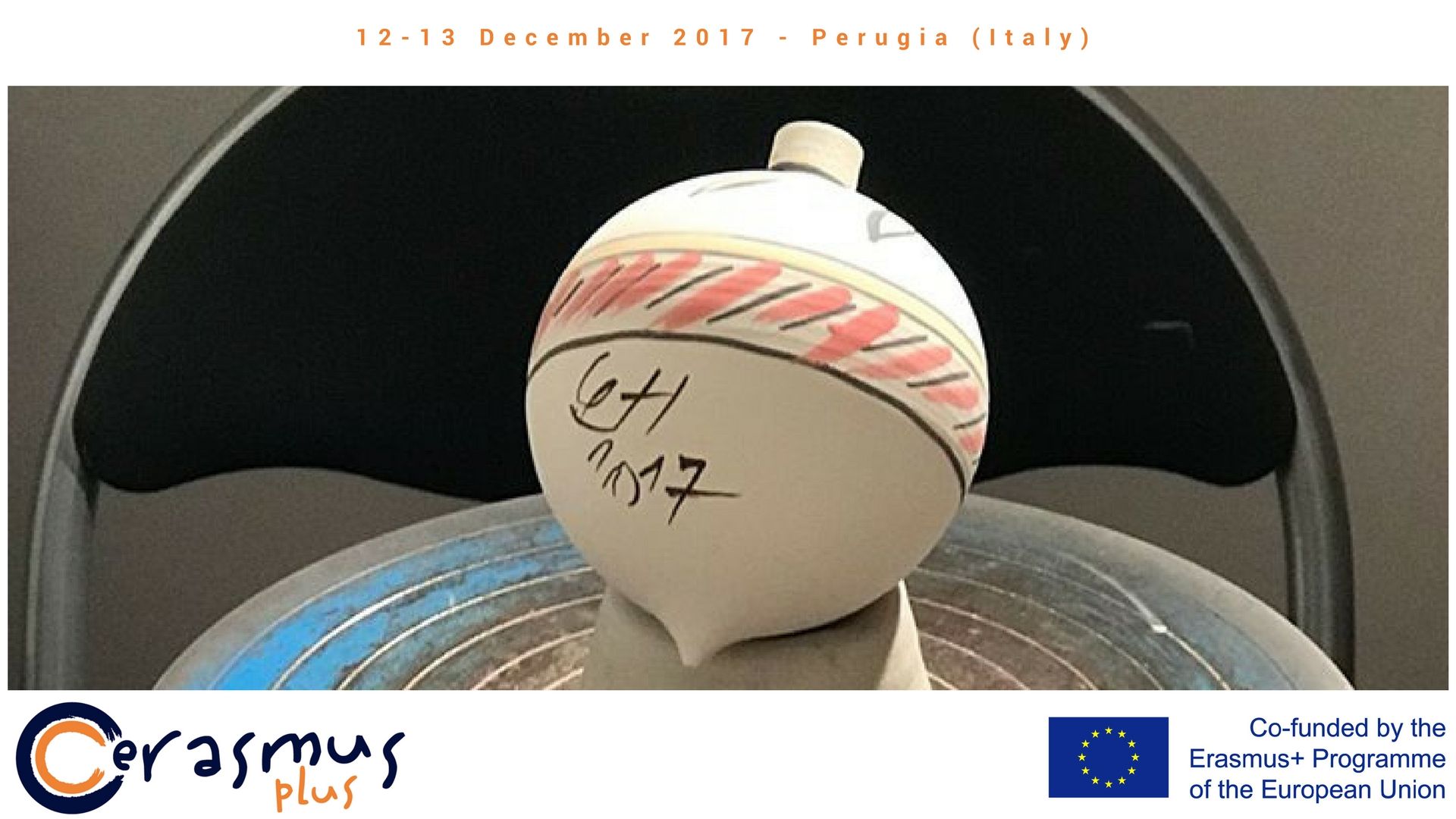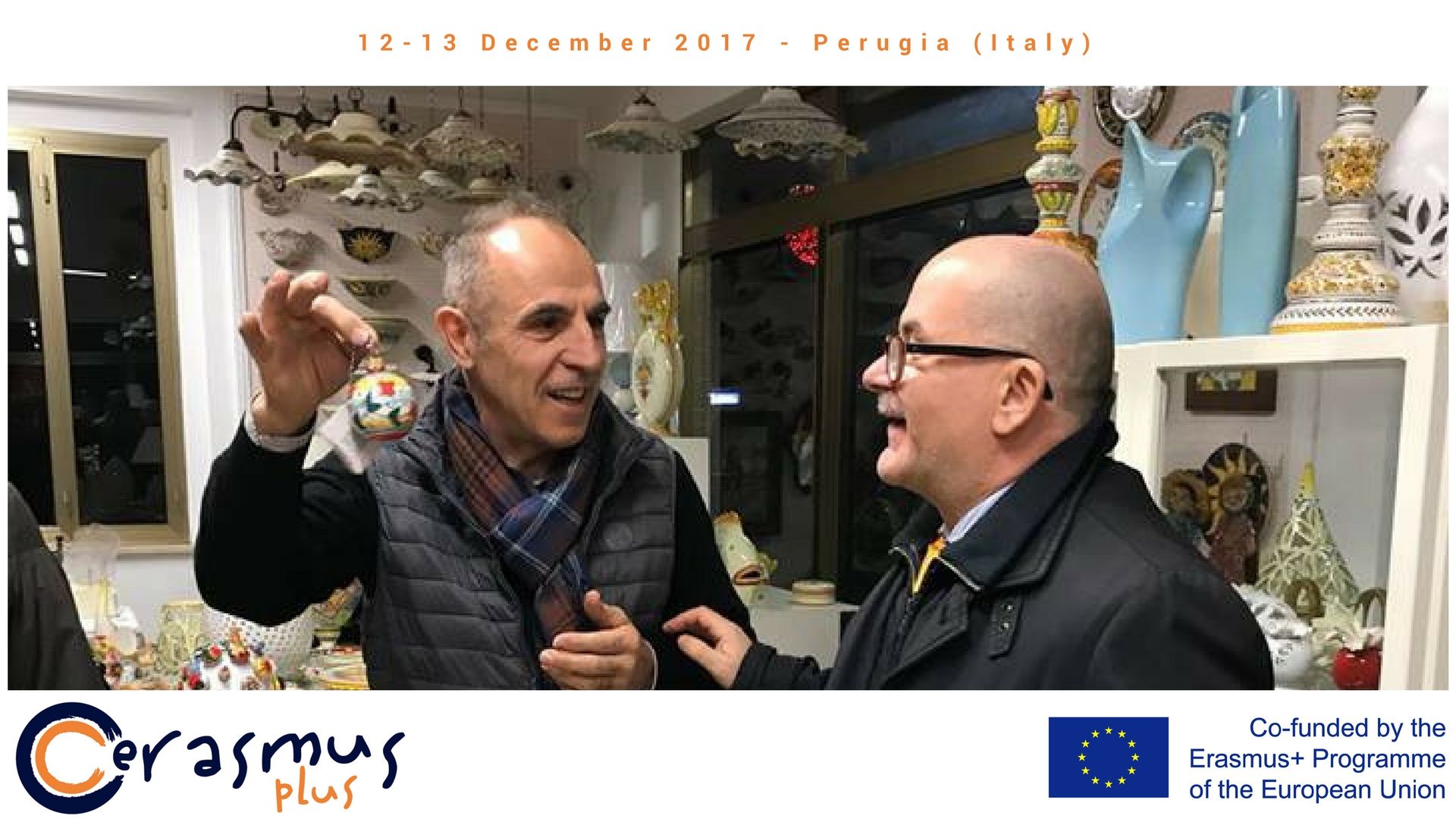Kick Off Meeting
12-13 December 2017, Perugia – Italy
We leave from Faenza at 7 am and drive for a couple of hours to reach Perugia, where the kick off meeting of the project Cerasmus+ is held. We arrive in a huge villa slightly out of town, the headquarters of TUCEP (Timber Umbria Comett Education Programme), the coordinator of the project.
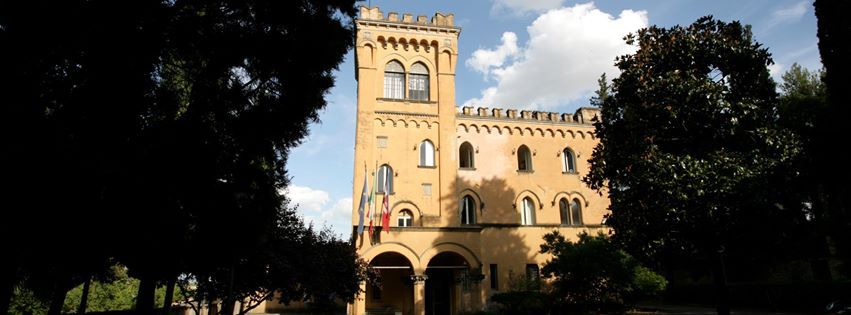
DAY 1
The meeting starts a little late, as the taxi has dropped the Czech team in the wrong place, but this way we have the time to get to know the other partners. So we meet Vidal and Maria from Spain (Manises), Raija and Roos from Finland, who brought some amazing chocolate for us to taste; Anna and Maria from Grottaglie; Steve from Hungary whose mother tongue is actually English.
The agenda is packed and we start with the presentation of the project, which scored 93.5 points out of 100.
Maria Brizi says a few words about the hosting partner, TUCEP, which works mainly with education, management of training courses in Italy and abroad. The partner is very experienced in European projects, but this is their first project with all new partners.
Maria Jose Sanz Nuez, principal of the ceramics school of Manises (in the eastern part of Spain) presents the Ceramics art and Ceramics technology specializations of the school, which also develops collaborative projects with companies, workshops, conferences etc. and have traditional pottery courses.
Raija Salo, from Finland, presents FAI (Forssan ammatti-institutti), which has 50 vocational courses (metal work, audio-video media, construction etc.). They also work with Erasmus+ mobility projects with partners from all over Europe. Outi Roos states that their center is the only one for studying ceramics in Finland. They have students from 15 to 50 years old.
Anna Farano (Art School Calò) is from Grottaglie, in the south of Italy, in Magna Grecia land, which has a long pottery tradition therefore has many pottery shops and workshops. The school has 5 branches, in other cities. Students are about 900 and they can choose between ceramics design, graphics, metal design, jewelry, audio visual etc.
After solving some technical issues we start watching pictures of colorful artifacts and engaged students.
Stepan Vrbicky and Lubomir Hlustik present the Masarykova school (Czech Republic), situated in a very small town. There are 25/30 teachers, including 7 ceramics teachers. The school includes a student house. Among the fields there is Art processing of Ceramics and porcelain (4 years course with graduation) with many studio and workshop activities.
Steven Mattison is a ceramics artist, a teacher and the manager of the International Ceramics Studio in Kecskemeti. The studio was set 40 years ago, when it was difficult for Hungarian artists to express themselves and could not travel abroad. The mission is to promote ceramics, by sharing ideas, information, technologies. They have a residence program and hosted over 500 artists from all over the world. The studio also works with continuing education (courses last from one week to one month). They work with schools and also with the 3 major Hungarian universities.
Last but not least, Giuseppe Olmeti presents AEuCC (the European grouping of cities of ceramics). Identity of ceramics involves a lot of places all over the world, ceramics is immediately recognizable and it also makes a place recognizable. In Italy we have a law to promote and protect traditional ceramics, and we have a national brand: Ceramica artistica & tradizionale. By this law AiCC was founded, the Italian association of cities of ceramics. Other countries were informed about this experience and decided to create a similar association in France, then in Spain, Romania. In 2014 AEuCC was created, a public company recognized by the European Commission which now includes Germany, Poland, Czech Republic, Portugal and new associations are being born all over Europe and beyond.
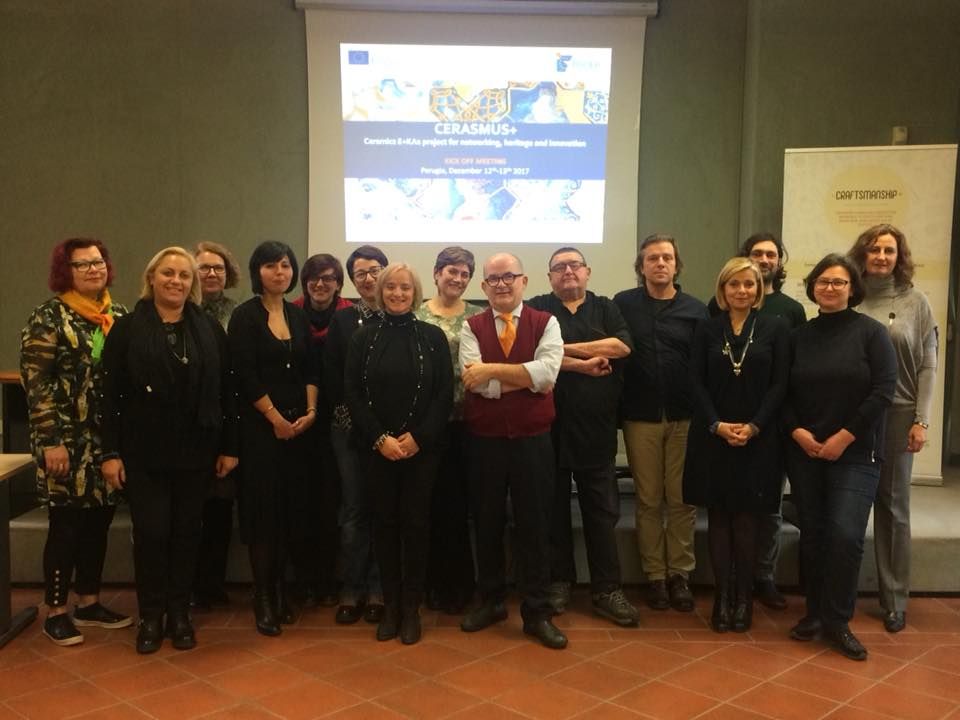
After a delicious coffee break we start again, with the overall description of the project. We have 2 years to reach the objectives: innovate the ceramics sector and protect the cultural heritage by assessing the needs of the providers of ceramics trainings, develop and spread training curricula for initial and continuing VET.
In the afternoon, the Spanish partner from Manises presented some thoughts about the first intellectual output of the project: the Needs Assessment.
In order to center the problem we have to identify the actors in the future challenges, collect data from previous studies and decide the right questions to ask to the right people.
By March 2018 we’ll be ready to administrate the needs assessment questionnaire to 50 relevant stakeholders for each country.
Part of the website of the project will be a networking platform, an online forum where the project stakeholders can discuss the topics emerged from the needs assessment phase and start cooperating by giving feedback on the educational model.
The core of the project is the development of an educational model for initial VET and continuing VET focussing on 3 topics: production techniques which keep together tradition and innovation; valorization of the urban environment; support business start ups with reference of the protection of the EU traditional heritage.
The first day of the kick off meeting ends with a cultural visit to the ceramic city of Deruta.
DAY 2
Day 2 is for management tools, budget, dissemination strategy, quality management.
We will work with the help of the application; a Google drive folder; a Report to be submitted every six months, starting in March 2018 (with a form provided by the coordinator).
The budget is divided between management and administration costs, transnational meetings, training, intellectual outputs and multiplier events.
In all the communication material we have to acknowledge the funding by the European Union and when spreading the project results we shall work at regional, national and international level. The goal is to make of Cerasmus+ a very well known brand in the world of ceramics.
In order to verify that the project is implemented correctly, a quality management plan is being put in place which includes organizational performance, partnership performance, project impact, dissemination and communication performance.
It is lunchtime, the kick-off meeting is over and we head back to Faenza. We have a lot of work to do, starting with the elaboration of a visual identity and communication plan for the project, before the next transnational meeting. Working with our new partners will be a pleasure and we are confident that we are building synergies all over Europe to innovate the ceramics sector.

